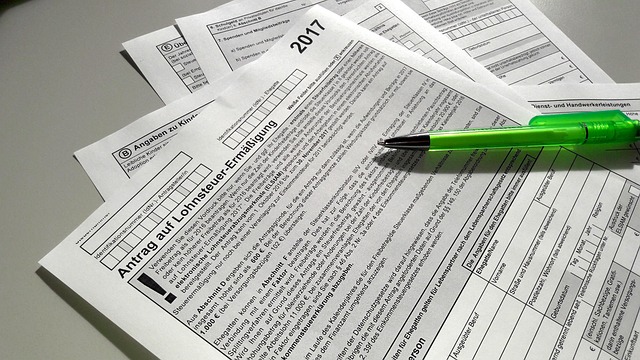What are the criteria for Aboriginal people to be eligible for financial and other benefits from the Australian government?
The Australian government offers various financial and other benefits to Aboriginal and Torres Strait Islander peoples as part of its commitment to addressing historical disadvantages and promoting equality. Understanding the eligibility criteria for these benefits is crucial for Indigenous Australians seeking support. This article explores the key requirements, types of available assistance, application processes, and resources for Aboriginal people accessing government benefits.

What defines Aboriginal status for benefit eligibility?
To be eligible for Aboriginal-specific benefits, an individual must meet the government’s definition of an Aboriginal or Torres Strait Islander person. This definition includes three key elements:
-
Aboriginal or Torres Strait Islander descent
-
Self-identification as Aboriginal or Torres Strait Islander
-
Acceptance as an Aboriginal or Torres Strait Islander by the community in which they live
Proof of Aboriginal or Torres Strait Islander heritage may be required when applying for certain benefits. This can include a Certificate of Aboriginality or a statutory declaration from a recognized Indigenous organization.
What types of financial support are available to Aboriginal communities?
The Australian government provides various forms of financial assistance to Aboriginal and Torres Strait Islander peoples. These include:
-
Indigenous-specific payments: Such as the Aboriginal Study Assistance Scheme (ABSTUDY) for students and the Indigenous Advancement Strategy (IAS) grants for community development projects.
-
General welfare payments: Aboriginal people may also be eligible for mainstream benefits like JobSeeker Payment, Youth Allowance, and Family Tax Benefit, subject to the same income and asset tests as other Australians.
-
Housing assistance: Programs like the Indigenous Home Ownership Program (IHOP) help eligible Aboriginal people purchase their own homes.
-
Health care support: The Closing the Gap PBS Co-payment measure provides reduced or free prescription medicines for eligible Indigenous Australians with chronic diseases.
How can Aboriginal applicants navigate the government benefits application process?
Applying for government benefits can be complex, but several steps can help Aboriginal applicants navigate the process:
-
Determine eligibility: Research the specific requirements for each benefit program using official government websites or contacting Services Australia.
-
Gather necessary documentation: This may include proof of identity, income statements, and confirmation of Aboriginal or Torres Strait Islander status.
-
Submit applications: Most benefits can be applied for online through myGov or in person at a Services Australia service center.
-
Seek assistance: Indigenous-specific support services, such as Indigenous Customer Service Officers at Centrelink, can provide guidance throughout the application process.
-
Follow up: Keep track of application status and respond promptly to any requests for additional information.
What are common challenges faced by Aboriginal applicants for government benefits?
Aboriginal applicants may encounter several challenges when seeking government benefits:
-
Proving Aboriginal status: Some individuals may struggle to provide official documentation of their Indigenous heritage.
-
Geographic isolation: Remote communities may have limited access to services and information about available benefits.
-
Language barriers: For those whose first language is not English, understanding complex eligibility criteria and application processes can be difficult.
-
Digital literacy: With many services moving online, some applicants may face challenges in accessing and using digital platforms.
-
Cultural sensitivity: Some applicants may experience discomfort or mistrust when dealing with government agencies due to historical experiences.
Where can Aboriginal people find resources for seeking financial assistance?
Several resources are available to help Aboriginal people access information about government benefits and financial assistance:
-
Services Australia website: Provides comprehensive information on available benefits and eligibility criteria.
-
Indigenous.gov.au: Offers a central hub for Indigenous-specific programs and services across various government departments.
-
Aboriginal and Torres Strait Islander Legal Services: Provides free legal advice and assistance, including help with benefit applications.
-
Indigenous Business Australia (IBA): Offers financial services and advice for Aboriginal and Torres Strait Islander individuals and businesses.
-
Local Indigenous organizations: Community-controlled health services and land councils can often provide guidance on accessing government benefits.
-
Financial counseling services: Free, confidential services are available to help Aboriginal people manage their finances and access appropriate benefits.
Understanding the eligibility criteria and navigating the application process for government benefits can be challenging for Aboriginal and Torres Strait Islander peoples. However, with the right information and support, these financial and other assistance programs can provide valuable support to Indigenous communities. By utilizing available resources and seeking help when needed, Aboriginal applicants can better access the benefits they are entitled to, contributing to improved outcomes in areas such as education, health, and economic participation.




